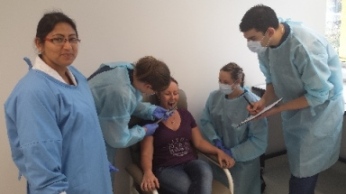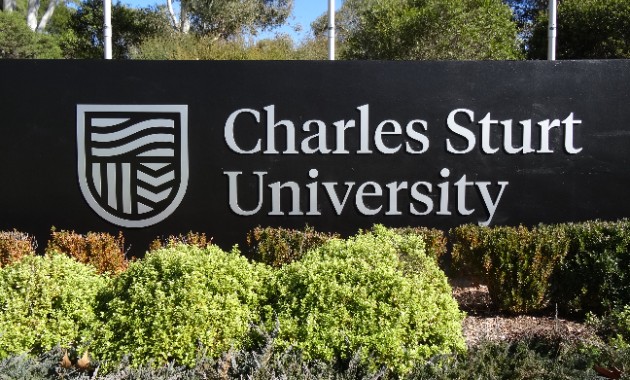 Calling something stressful a 'pain in the neck' might be misleading, according to early results from research underway at Charles Sturt University (CSU) in Orange.
Calling something stressful a 'pain in the neck' might be misleading, according to early results from research underway at Charles Sturt University (CSU) in Orange.
The research, led by Dr Rahena Akhter from School of Dentistry and Health Sciences, is examining the perception of pain stemming from the masseter muscle – the large muscle at the side of the jaw most involved in the action of chewing.
Dr Akhter has researched oro-facial pain and jaw movement functions for the past decade and published papers on the subject in more than 25 international high-impact journals. She said the relationship between the psychological cause and the patient's perception of pain could be complex.
"The psychological cause could be the cause of pain in the masseter muscle at the side of the jaw, but the patient may feel pain in the temple or side of the head," Dr Akhter said.
"That is known as 'referred pain', and it can make treating the cause very difficult for a clinician who may not realise the location of the perceived pain is not necessarily the location of the problem.
"It's quite common for people under high stress to complain of pain in the side of the neck, temple, in the masseter, temporalis, and sternocleidomastoid muscles, when the psychological cause of that pain is actually related to the way they are clenching their jaw and overworking the masseter muscle."
The current research is funded by the Australian Dental Research Foundation and involves measuring the range of jaw movement of each participant in six directions, then injecting a small amount of hypertonic saline into the jaw muscle and retaking the measurements.
The saline injection induces temporary pain, which the participant rates on a scale of one to 10 and this feedback is recorded in conjunction with the participant's score on a 'pain catastrophizing scale' – a measure of personal tendency toward heightened emotional responses to pain.
"We want to know how pain in this area reduces the range of movement, and which movements induce pain in a patient who has a problem in the masseter muscle," Dr Akhter said.
"We hope then to be able to recommend to patients ways of reducing their pain, either by avoiding particular movement, or by exercising the muscle in particular ways."
Dr Akhter is supervising nine CSU Bachelor of Dental Science students who have assisted with the research, and said the students involved and the 47 students who volunteered to be participants in the project have learned new skills.
"The students involved have the opportunity to learn research design and methods, and can relate the knowledge we've gained directly back to their clinical work," she said.
"The students who have also volunteered are studying Bachelor of Clinical Science and Bachelor of Physiotherapy, and all of them were very interested to be part of the project to learn how they could also relate it to their own practice.
"Having students from the various disciplines work and learn together is a real positive, because it builds their knowledge of the other disciplines, helps them establish working relationships, and prepares them to work collaboratively once they graduate and are practicing in the community," Dr Akhter said.





Social
Explore the world of social